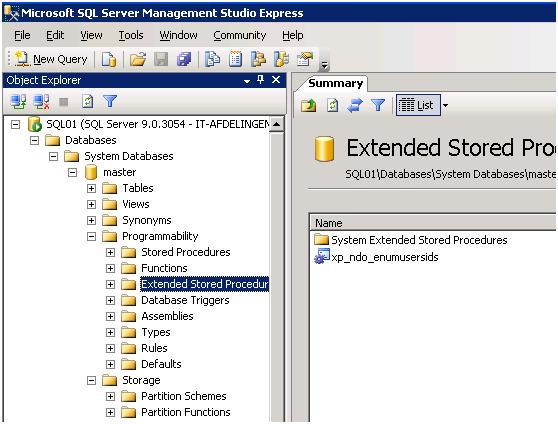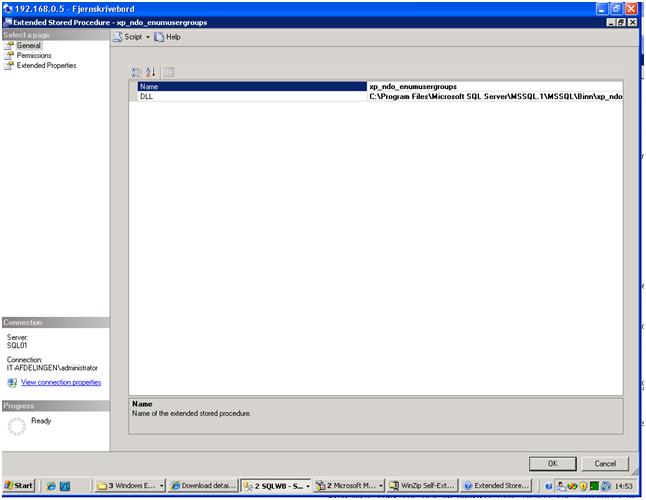Thiele læser åbenbart med herinde. Blev i hvert fald ringet op af en dame som sagde de havde fået nyt personale derude og at hun syntes jeg skulle slette mit indlæg tilbage fra år 2005.
Men nu ligger sagen sådan at min holdning stadigt er at jeg syntes det var en mærkelig episode, og derfor sletter jeg ikke mit indlæg. Og jeg syntes også det er forkert at slette indlæg.
Indlægget fra dengang kan læses her: http://kennethdalbjerg.dk/2005/10/15/m%C3%A6rkelige-thiele-fields
Jeg tro udmærket at folk kan se at det forgik i 2005 og dermed er det pænt langt tid siden, og der kan nå at ske meget på den tid, og de kan evt. også have fået nyt personale.
Da jeg sagde jeg ikke slettede indlæg blev damen dog sur, og fik fyret en masse vrøvl af, derfor overskriften Sure thiele i Fields. 🙂

